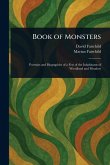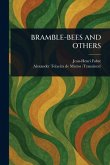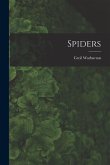Delve into the fascinating world of insects with "Illustrations of Exotic Entomology, Volume 2," a meticulously reproduced edition of Dru Drury's classic work. This volume showcases a stunning collection of detailed scientific illustrations, bringing to life a diverse array of exotic insects. A treasure for enthusiasts of natural history and entomology, this book offers a glimpse into the artistry and scientific observation of the past. Explore beautifully rendered depictions of insects from around the globe, providing a valuable resource for researchers, artists, and anyone captivated by the intricate beauty of the natural world. This enduring work remains a significant contribution to the field of zoology and a testament to the enduring appeal of insects as a subject of scientific inquiry and artistic inspiration. Experience the wonder of discovery through Drury's detailed observations and the exquisite craftsmanship of the original illustrations. A must-have addition to any collection focused on nature, science, and the history of scientific illustration. This work has been selected by scholars as being culturally important, and is part of the knowledge base of civilization as we know it. This work is in the public domain in the United States of America, and possibly other nations. Within the United States, you may freely copy and distribute this work, as no entity (individual or corporate) has a copyright on the body of the work. Scholars believe, and we concur, that this work is important enough to be preserved, reproduced, and made generally available to the public. We appreciate your support of the preservation process, and thank you for being an important part of keeping this knowledge alive and relevant.
Bitte wählen Sie Ihr Anliegen aus.
Rechnungen
Retourenschein anfordern
Bestellstatus
Storno









